The 8 Best Flowers That Grow In The Shade
Not every part of a yard gets full sunlight. It shouldn’t, really, we all need shady places to retreat to when the sun gets too hot, but having shade doesn’t mean you also have to settle for a dull patch in your yard. Plenty of flowers can thrive in low-light spaces while still adding rich color, shape, and texture to your garden. Whether you’re working with a shaded bed, a north-facing wall, or the space under mature trees, these eight shade-loving flowers can help fill in the gaps.
Astilbe
Astilbe grows well in the shade and is known for its feathery, plume-like blooms. It does best in consistently moist soil and can brighten up darker corners with soft pink, red, or white flowers. The fern-like leaves help give it texture even after the blooms are done, so it has long-term value too. Astilbe works especially well near shaded walkways or under taller plants. It can also help soften the look of fences and borders that don’t get much sun.
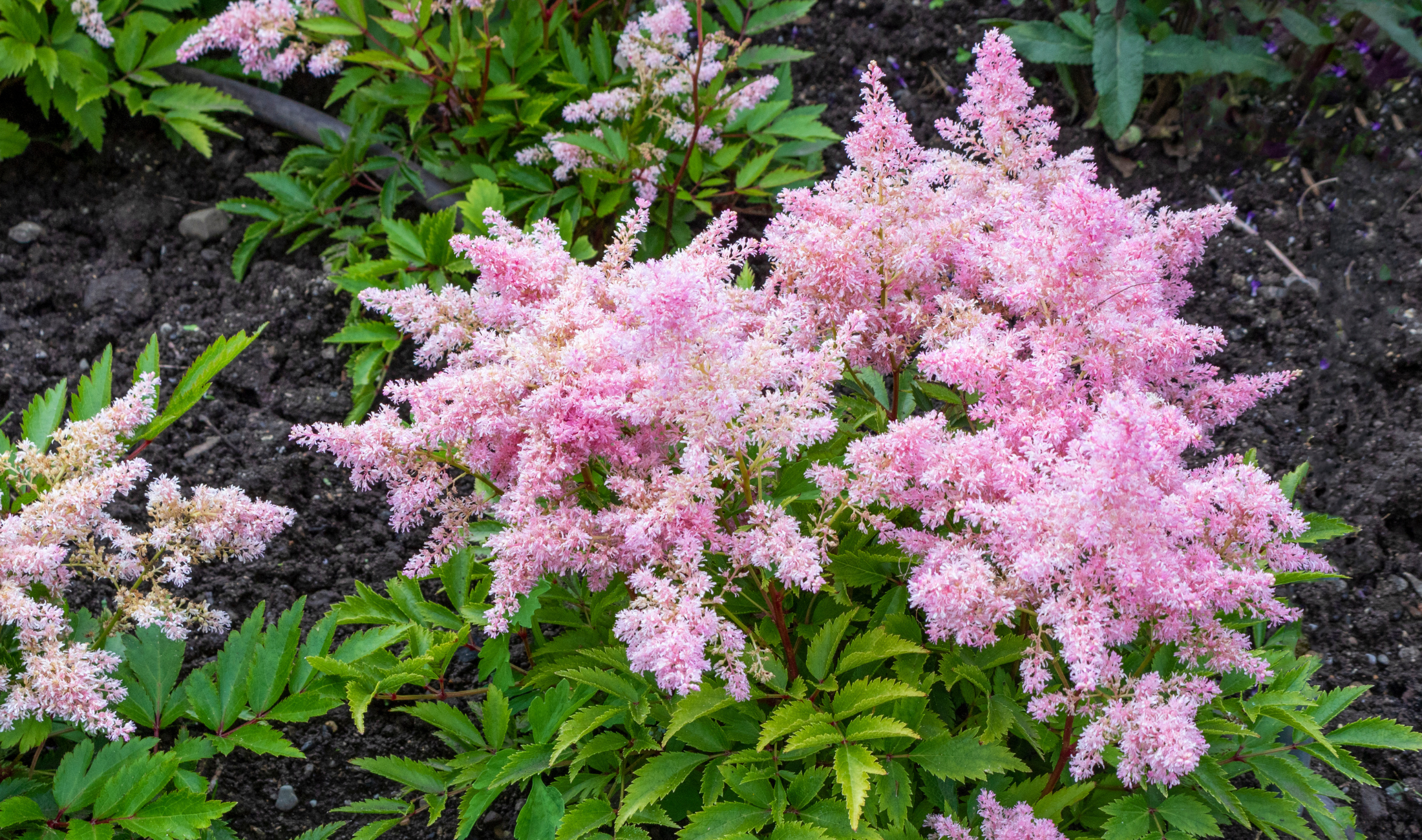
Bleeding Heart
Bleeding hearts are both delicate and striking. Their hanging heart-shaped flowers, often pink or white, bring a gentle touch to shady spaces in spring and early summer. They prefer cooler, damp spots and won’t do well in direct sun or dry conditions. Their unique look makes them a favorite for older-style or cottage gardens. After blooming, the plant usually fades back, so it’s often paired with ferns or hostas to fill the space.

Toad Lily
Toad lilies bloom late in the season and are often overlooked, but they’re one of the best flowers for deep shade. Their small orchid-like flowers come in spotted purples, whites, and blues, and they can handle full to partial shade with ease. They thrive in moist soil and can be a nice surprise fall bloom as most other flowers are fading by then. Toad lilies are ideal for shaded edges or planted beneath taller shrubs.
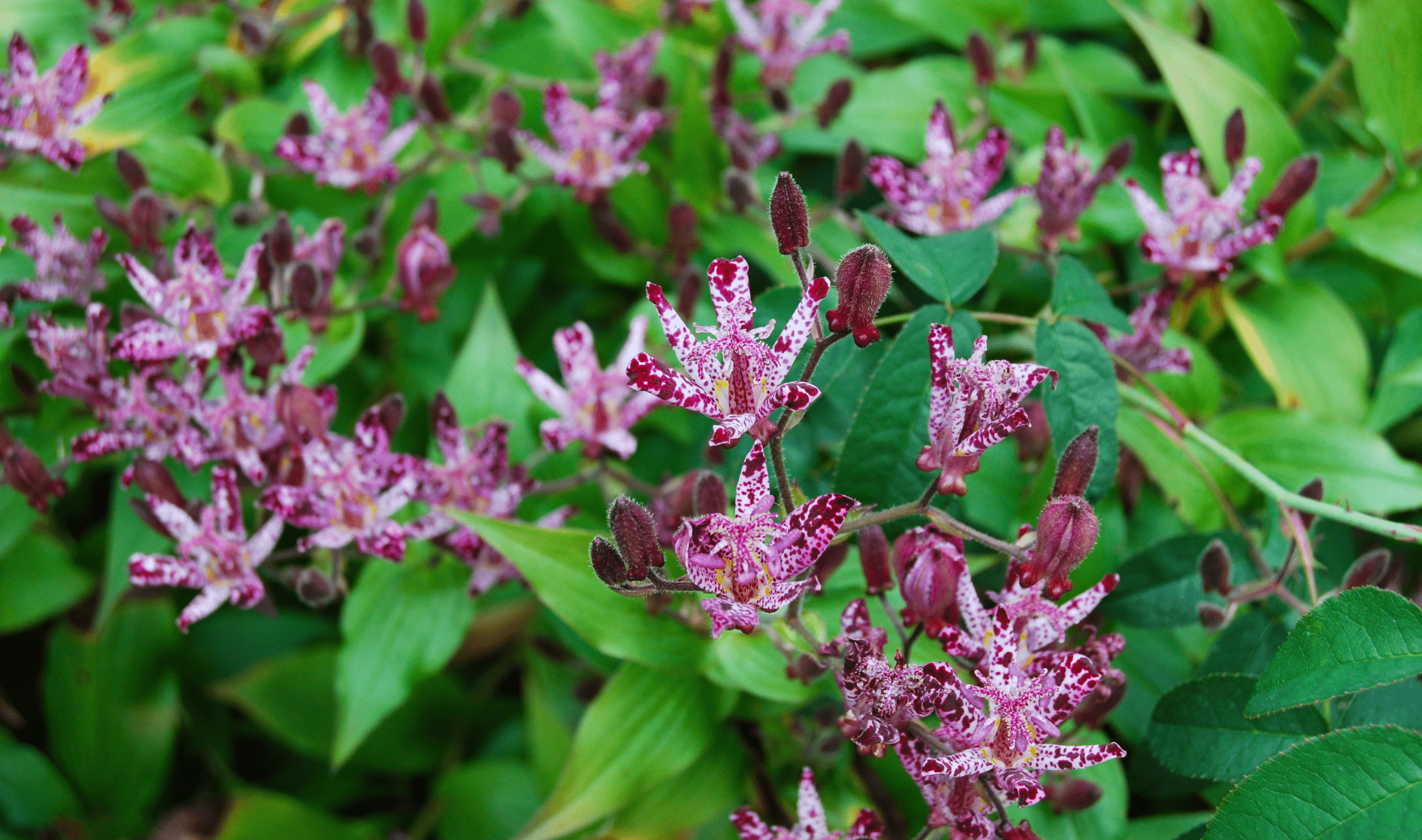
Hellebore
Also known as Lenten rose, hellebores flower early in the season, sometimes even when snow is still on the ground. They tolerate full shade and add a soft, romantic tone with colors that range from creamy whites to dusky purples. Hellebores are low to the ground and evergreen in many regions, meaning they hold strong all year. Once they settle in, they’re low-maintenance and reliable, often blooming when little else is awake in your garden.
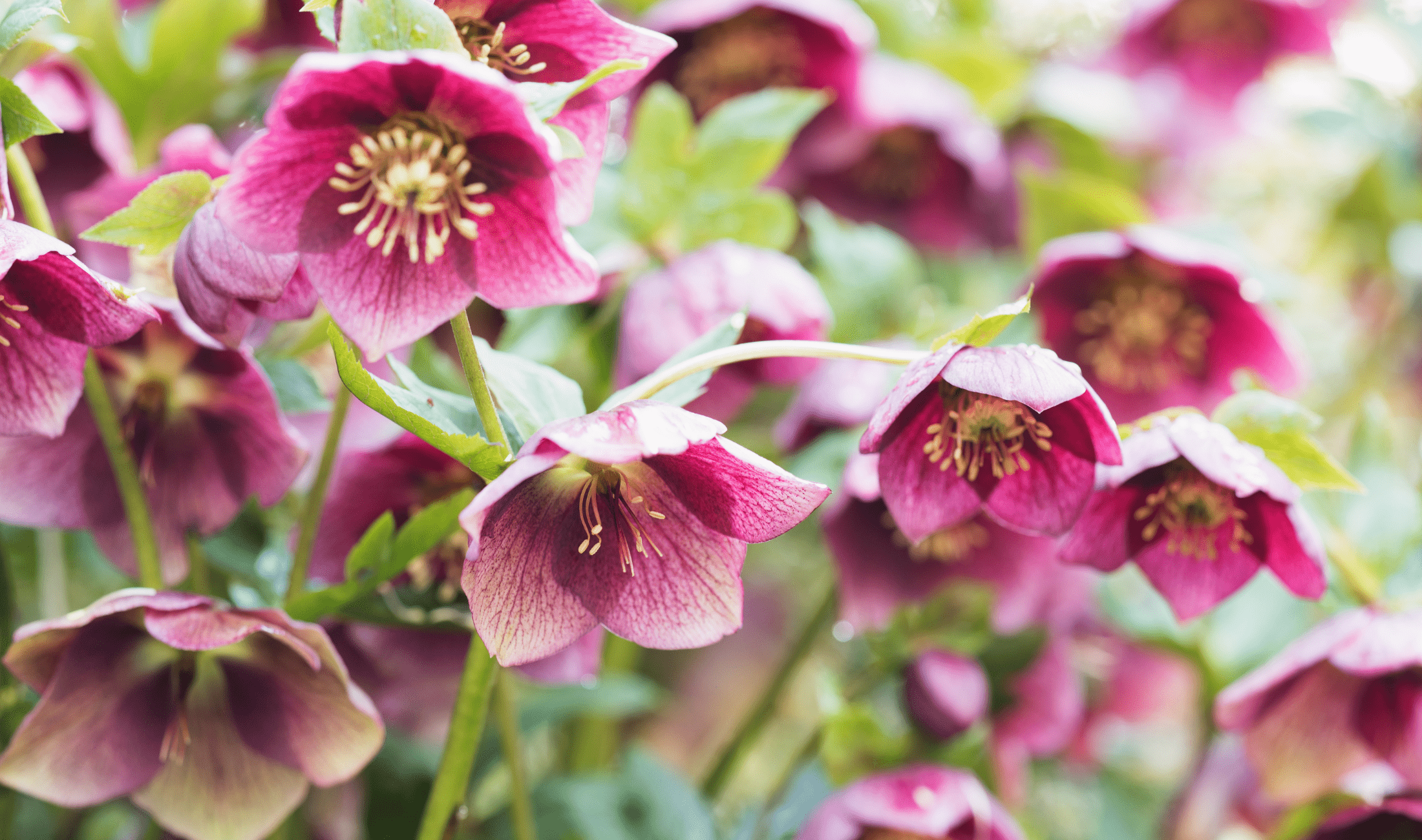
Foxglove
Foxglove can handle partial shade and still grow tall, with flowering pillars that rise above the brush. Their bell-shaped flowers attract pollinators and come in soft tones like cream, rose, and lavender. They prefer rich, well-drained soil and look stunning in wild or layered gardens. While beautiful, it’s important to remember that all parts of foxglove are toxic if ingested, so placement around pets, children, or any plants intended for eating should be done carefully.
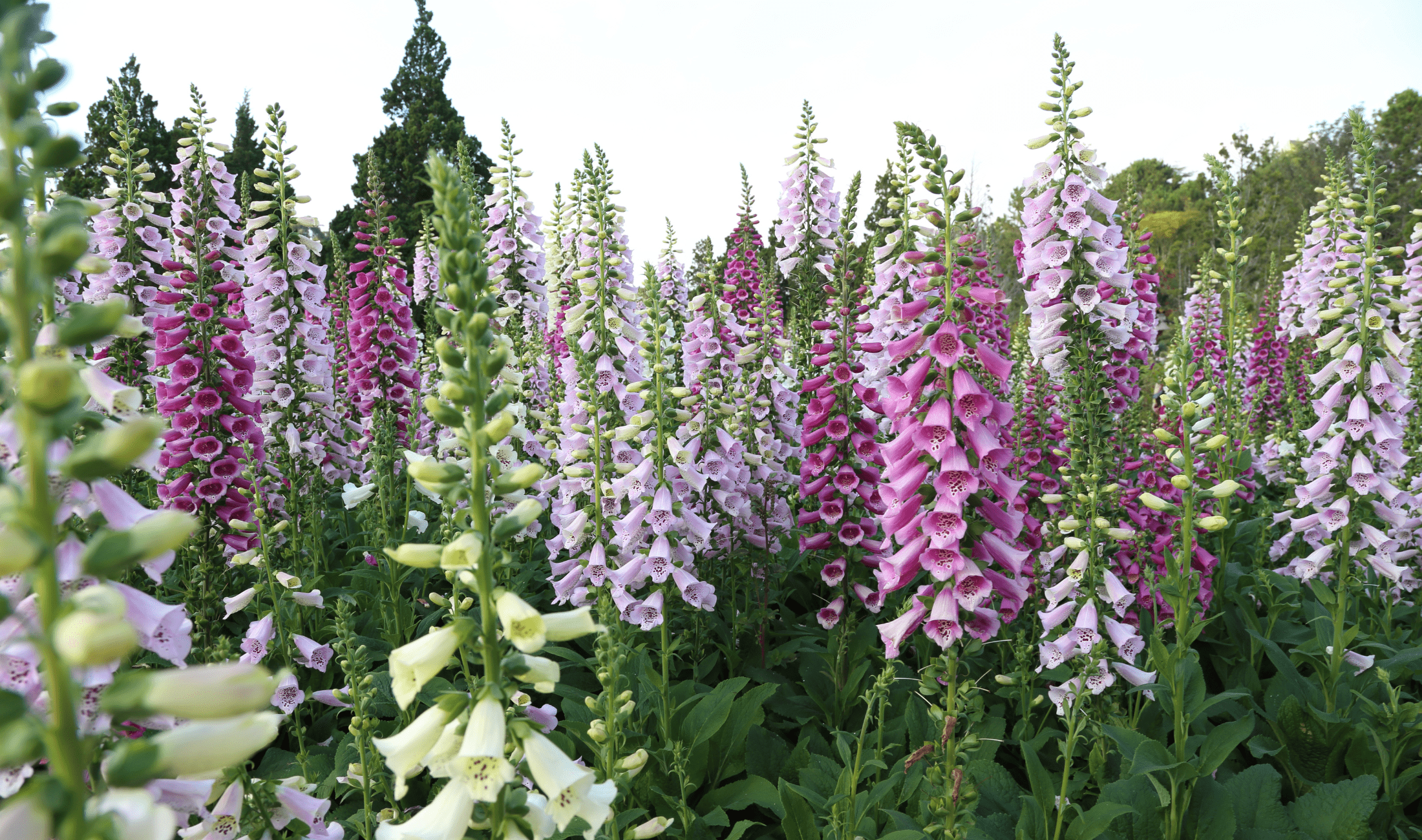
Impatiens
Impatiens are among the most dependable flowers for deep shade, especially in containers or border beds. They bloom constantly through the warm months and come in a wide range of bright colors, from soft pastels to vivid reds and oranges. They need regular watering but are otherwise pretty easy to care for. They’re perfect for lining shaded patios and walkways where other flowers might struggle to keep up.
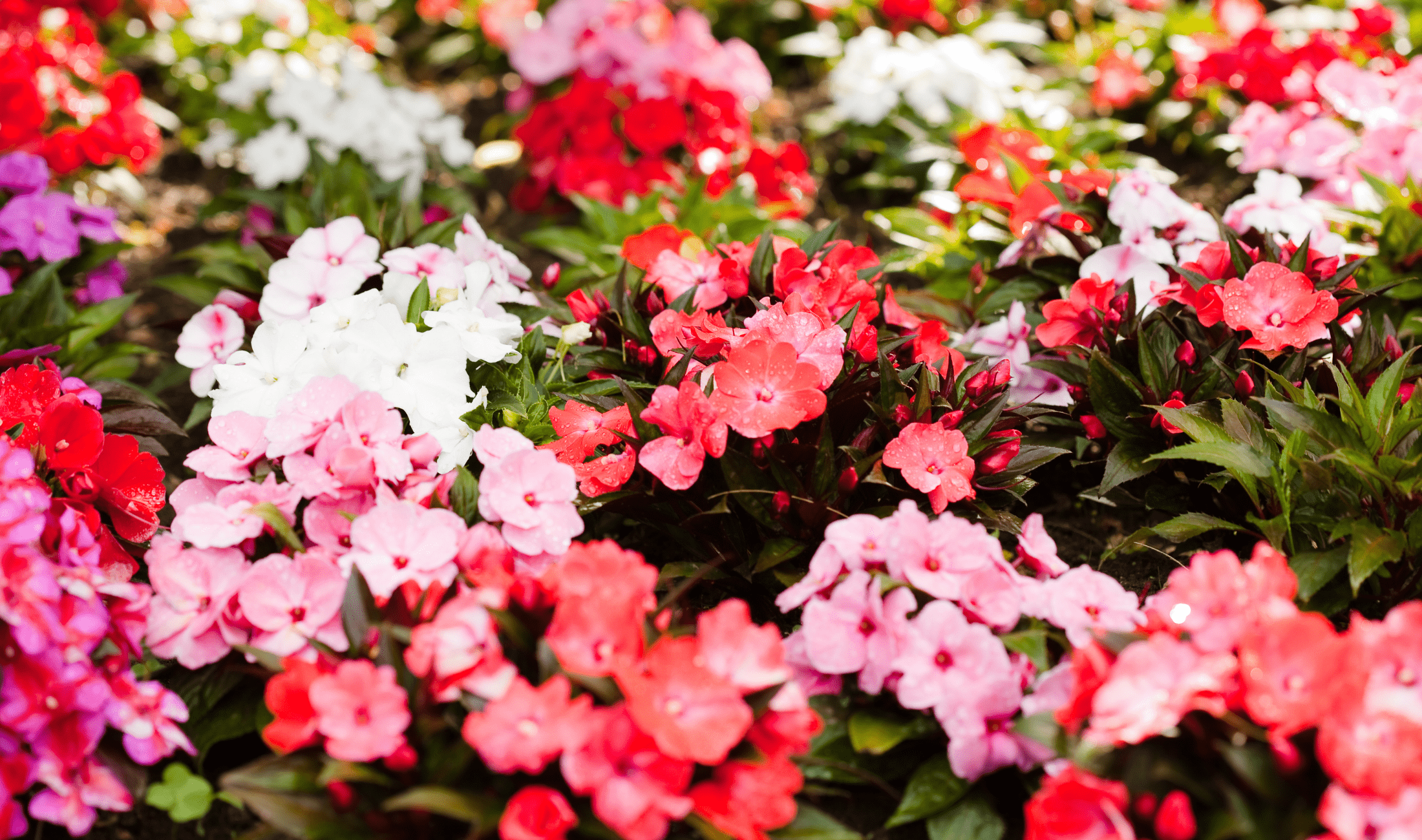
Lungwort
Lungwort is a name that might throw people off, but it’s a standout plant for shady spots. Its early blooms come in soft purples, pinks, or blues, but the foliage sticks around much longer, sporting silver-speckled leaves that hold their color through the season. It’s a great groundcover for areas under trees or along the north side of your home. Lungwort handles cool, damp conditions well and pairs nicely with other spring bloomers.
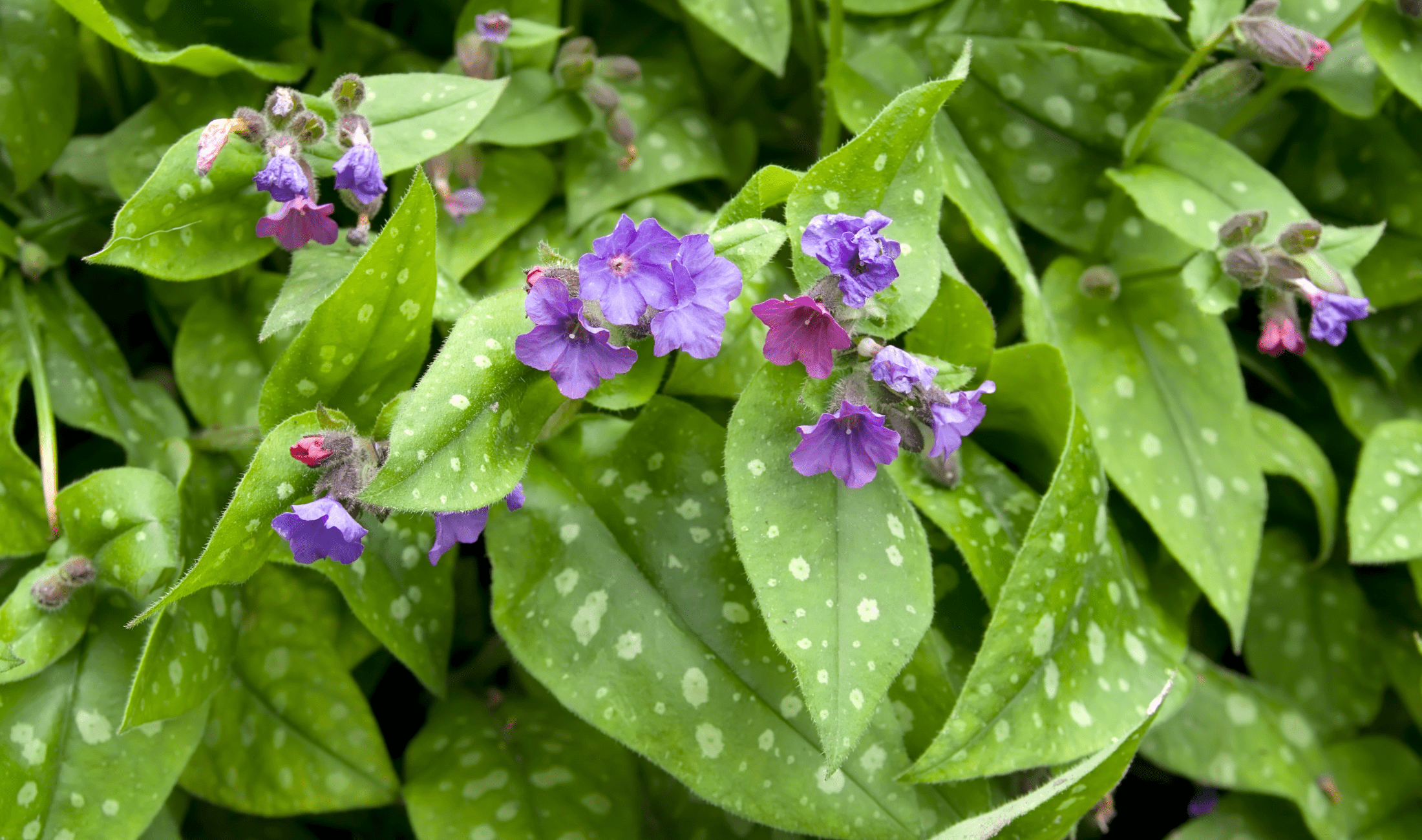
Coleus
Though grown mostly for its foliage, coleus still deserves a spot on this list. The color patterns on its leaves range from lime green to deep burgundy, often with striking two-tone markings. It thrives in partial to full shade and adds contrast where flower color alone might not be enough. Coleus is easy to grow in pots or garden beds and can be pinched back to stay compact or allowed to fill out and trail.
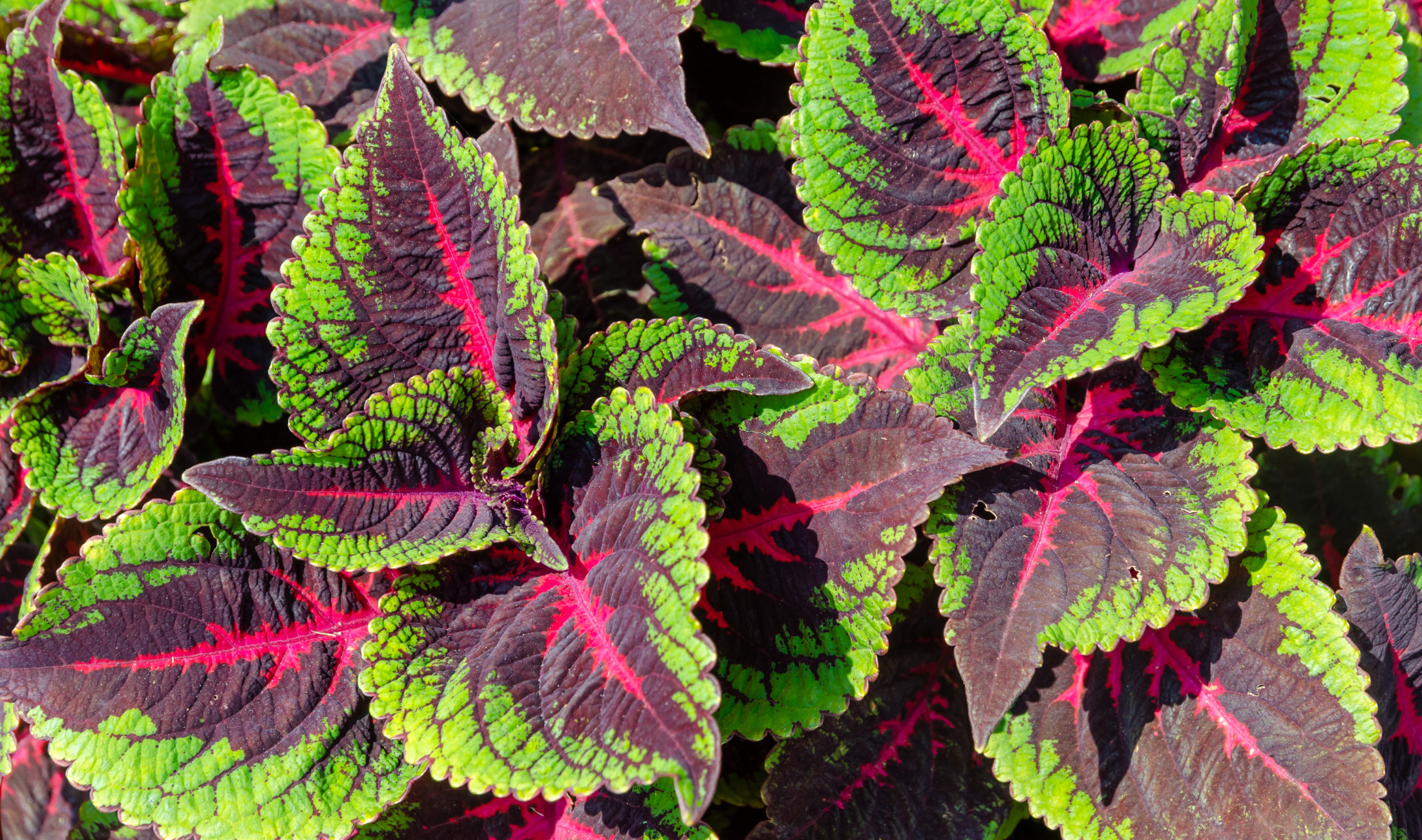
Related Articles
- 7 Garden Plants That Also Keep Wasps Away
- These 8 Late Summer Flowers Will Keep Your Garden Colorful
- Don’t Grow These 7 Plants Close To Your Home—They’re Destructive
Shaded areas don’t have to stay lifeless. The right plants can turn them into some of the most visually interesting parts of your garden. With the flowers listed above, you have a mix of color, texture, and timing that works well under low light all year round. Whether you’re filling in the base of a tree, lining the side of your home, or just filling in some tucked away corners, there’s always a way to make shade work in your favor.









